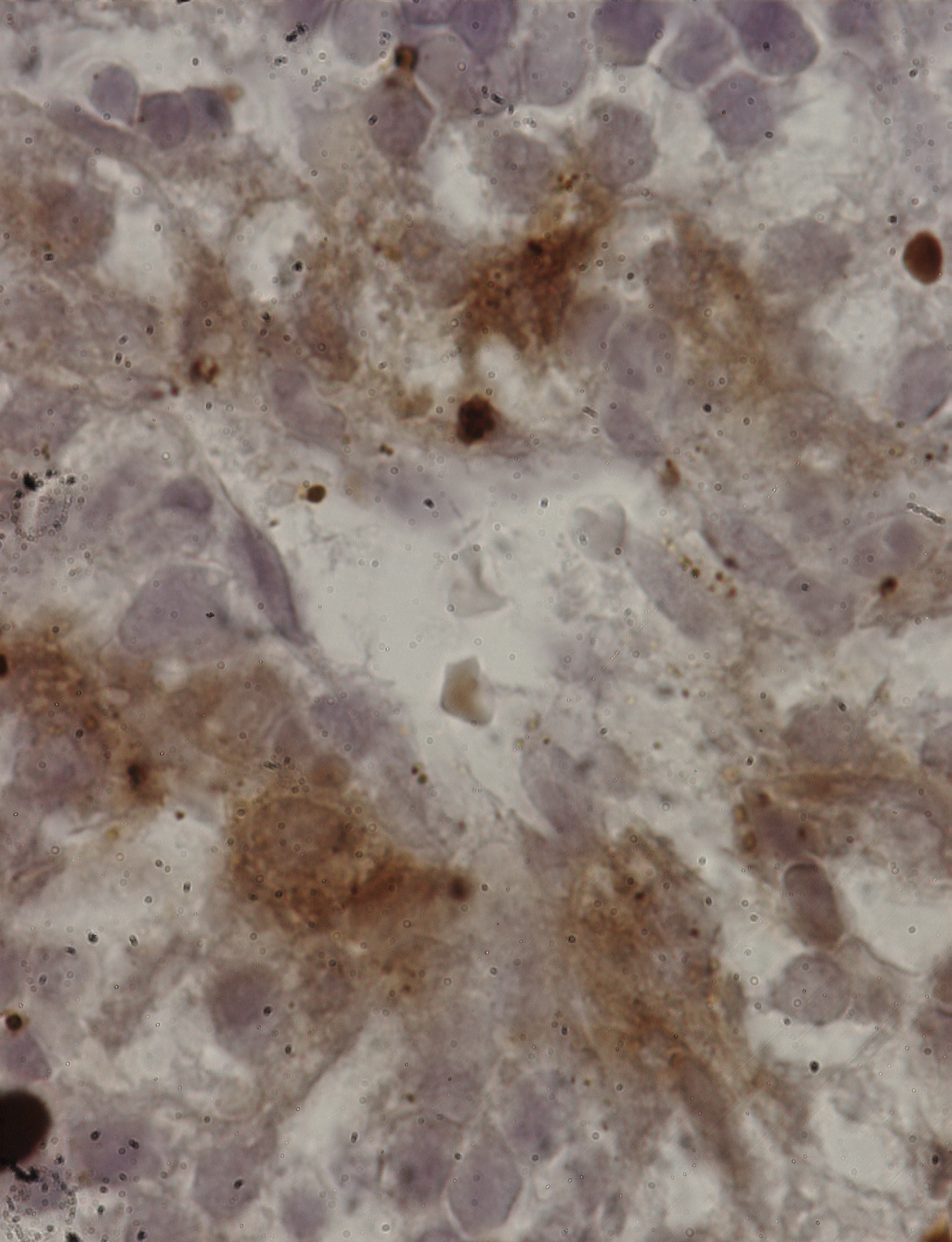Issue Archive
Table of Contents
BLOOD COMMENTARIES
Safer HLA mismatch transplantation
Clinical Trials & Observations
PLENARY PAPER
Single-cell genomics reveals the genetic and molecular bases for escape from mutational epistasis in myeloid neoplasms
Conventional wisdom has it that cooccurrence of mutations in 2 RNA splicing factors in the same cell is lethal for cells. Taylor and colleagues used single-cell analysis to reveal that while this is generally true, concurrent pathogenic mutations in 2 such genes can occur, being observed in rare cases (<0.5%) of myeloid neoplasia. In a Plenary Paper, they reconcile this conundrum by showing that allele-specific differences in the degree of altered function account for whether splicing factor mutations can cooccur or must exist exclusively.
HOW I TREAT
How I treat unexplained arterial thrombosis
Arterial thrombosis that is unrelated to atherosclerosis or embolism is a clinical challenge. In this How I Treat article, May and Moll provide a framework for investigation, diagnosis, and management of patients presenting in this way and illustrate how this works in practice by exploring three informative cases.
CLINICAL TRIALS AND OBSERVATIONS
Sirolimus with CSP and MMF as GVHD prophylaxis for allogeneic transplantation with HLA antigen–mismatched donors
Clinical Trials & Observations
High levels of acute graft-versus-host-disease (aGVHD) are a barrier to use of donors mismatched at class I or II human leukocyte antigen (HLA) loci for allogeneic hematopoietic stem cell transplantation. Kornblit et al report that in a large phase 2 trial, the addition of sirolimus to standard GVHD prophylaxis achieved lower rates of severe aGVHD and improved overall survival in comparison with historical controls.
Safer HLA mismatch transplantation
Clinical Trials & Observations
HEMATOPOIESIS AND STEM CELLS
Quantitative proteomics reveals specific metabolic features of acute myeloid leukemia stem cells
Raffel et al report key proteome and transcriptome data sets for functionally characterized normal and leukemic hematopoietic stem cells. These investigations identify characteristic and targetable pathways active in leukemic stem cells compared to their normal counterparts, including in metabolic pathways that are particularly evident at the protein level.
LYMPHOID NEOPLASIA
IKAROS and CK2 regulate expression of BCL-XL and chemosensitivity in high-risk B-cell acute lymphoblastic leukemia
As we better understand the genetic changes to transcription that underpin the biology of different subsets of acute lymphoblastic leukemia (ALL), the next step to better outcomes is the design of novel therapies that exploit these insights. Song and colleagues provide a preclinical example of this, demonstrating that casein kinase II antagonism can overcome doxorubicin resistance in IKAROS-haploinsufficient ALL.
PHAGOCYTES, GRANULOCYTES, AND MYELOPOIESIS
Macrophage metabolic adaptation to heme detoxification involves CO-dependent activation of the pentose phosphate pathway
In preclinical studies including a murine model of sickle cell disease, Bories and colleagues uncovered a metabolic shift in macrophages involved in clearing free heme. This shift maintains redox homeostasis in macrophages. The data suggest that pharmacological modulation of this metabolic adaption may be a way to minimize the toxic effects of free heme in a variety of hematological disorders.
RED CELLS, IRON, AND ERYTHROPOIESIS
Fetal liver hepcidin secures iron stores in utero
The regulation of fetal, placental, and maternal iron during pregnancy is complex but essential for favorable fetal outcomes. Kämmerer et al used elegant conditional knockout and knockin models to demonstrate that hepcidin secreted by the fetal liver ensures retention of iron in the liver for hepatic erythropoiesis. Surprisingly, however, fetal hepcidin appears to have no physiological role in regulating iron transfer from the mother to the fetus across the placenta.
LETTERS TO BLOOD
BLOOD WORK
ERRATUM
-
Cover Image
Cover Image
![issue cover]()
Perls' iron stain in mouse fetal liver at embryonic day 17.5. See the article by Kämmerer et al on page 1549.
- PDF Icon Front MatterFront Matter
- PDF Icon Table of ContentsTable of Contents
- PDF Icon Back MatterBack Matter
- PDF Icon Editorial BoardEditorial Board
Advertisement intended for health care professionals
Email alerts
Advertisement intended for health care professionals










Spliceosome mutations: 1 plus 1 does not always equal 2